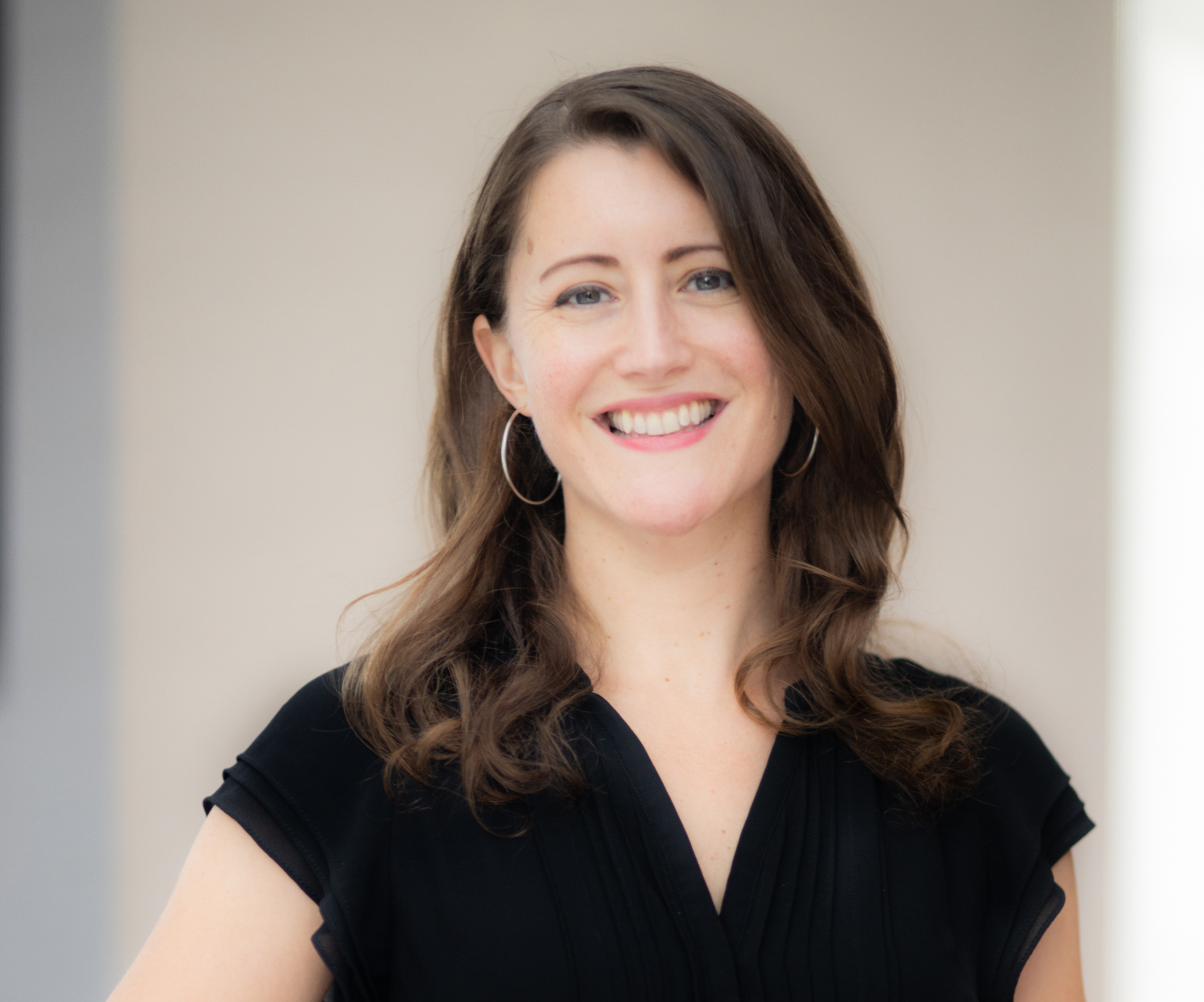Originally published December 9, 2019 on gwaumni.org by Christine Cole
Zoeann Murphy, CORC MA ’14, doesn’t shy away from intense situations. In fact, she heads right for them.
Over the last 16 years as a photographer and video journalist, she’s traveled across the U.S. and to more than 20 countries capturing images and stories that focus on humanitarian and environmental crises, and, often times, breaking news.
Some of the events Murphy’s covered this year include the destruction and loss of life caused by hurricane Dorian in the Bahamas, the devastation of the Northern California wildfires, the influx of migrants entering Mexico from the Guatemalan border, the mass shooting in Virginia Beach last spring, and the impact of climate change here and now in the U.S. (which earned a shout out from former Vice President Al Gore).
For her integrity and storytelling prowess during these harrowing and emotional events, she was recently awarded the “2019 Ben Bradlee Award for Courage in Journalism” from the Washington Post, where she’s worked since 2013. This award specifically recognizes her courage during the hurricane in the Bahamas, where she and her colleagues were forced to stay overnight on Abaco Island when a helicopter was unable to transport them back to Nassau, the capital city. It also noted her ability to capture the tensions along the West Bank, the desperation of refugees in Greece, and for filming while police were firing water cannons and rubber bullets at Standing Rock Indian Reservation protestors in 2016.
“It’s an incredible honor to receive this award. At the Washington Post, I work alongside so many brilliant journalists — people I am consistently inspired by. It’s really humbling,” she says. “I’m proud to be able to contribute to this great tradition and hope my work has a positive impact.”
As early as she can remember, Murphy wanted to spend her time behind a camera. She grew up in upstate New York and went to SUNY Purchase for a fine arts degree with an emphasis on photography. “I was lucky to spend four years in a darkroom thinking about how to make images that were both beautiful and meaningful,” she says.
After college she worked on a participatory photography project called Unseen America, which was a program through the Bread & Roses cultural arm of 1199SEIU. “We gave cameras to underrepresented communities and helped them tell their own stories with their own images,” she explains, adding that it was pursuing projects like this that led her to focusing her work on social and environmental issues.
“I first started working on refugee stories around 2007. I was facilitating a participatory photography workshop in Utica, New York, with a group of newly arrived refugees who were mostly from Burma. In the workshop, they made photos about starting new lives in America,” she says. That’s when a participant suggested she do a project in Southeast Asia, which is how she ended up spending a few months at the Thailand-Burma border.
“Every morning I would ride a motorbike through Thai rice fields to a thatched roof house on the border, where we held the workshop. The awful stories I heard there about the impacts of state violence on civilians caught in the crossfire were life changing. That experience sort of solidified my commitment to covering humanitarian crises,” she says. “Also, I’m the daughter of a Vietnam veteran and grew up around veterans. That personal experience has always made me interested in the aftermath of war.”
After she had been in the working world for about 10 years, she says she realized visual journalism had “changed dramatically” since she got her bachelor’s degree. Wanting to “get a handle on what was possible with web-first storytelling,” she chose to attend the new media photojournalism master’s program at the Corcoran School of the Arts and Design at GW.
“At the Corcoran, many of my professors were D.C.-based journalists working in the industry. I got to take classes with great teachers like Manuel Roig-Franzia, from the Washington Post, and Steve Elfers from USA Today,” she recalls, adding that she loved the way director Susan Sterner designed the program. “While learning about a wide range of tools for and approaches to visual storytelling, we also spent a lot of time focused on ethics, empathy and the responsibilities we have as storytellers. I think those conversations about who we want to be journalists were just as valuable as the technical skills we were learning.
For Murphy, spending time with people she might not have met otherwise is the best part of this job.
“I love how much I learn from the people I meet while reporting. I get to hear from such a wide range of worldviews and perspectives, from ranchers in Texas to asylum seekers in Greece, to firefighters in California, hunters in Montana, and humanitarian aid workers on the U.S.-Mexico border,” she says. But the hardest part is editing stories down. “I often wish each story could be an hour-long documentary.”
But clearly the hard work of editing pays off; she’s received numerous awards and accolades for her work, including from the National Press Foundation, the Academy of Television Arts & Sciences for News & Documentary Emmys, and three awards from World Press Photo.
Murphy was also honored to be on the independent jury this past year at World Press Photo, which attracts entries from all across the world, and in 2020, she will travel to Amsterdam to serve as jury chair. “I’m excited to be a part of recognizing the incredible digital storytelling and visual journalism that’s taking place in the industry,” she says.
So, what advice does she have for anyone considering this field? “Identify what stories are important to you and why, and respect that curiosity and motivation inside of yourself,” she says, adding, “and as you pursue those stories, stay open to learning as much as possible along the way.”


